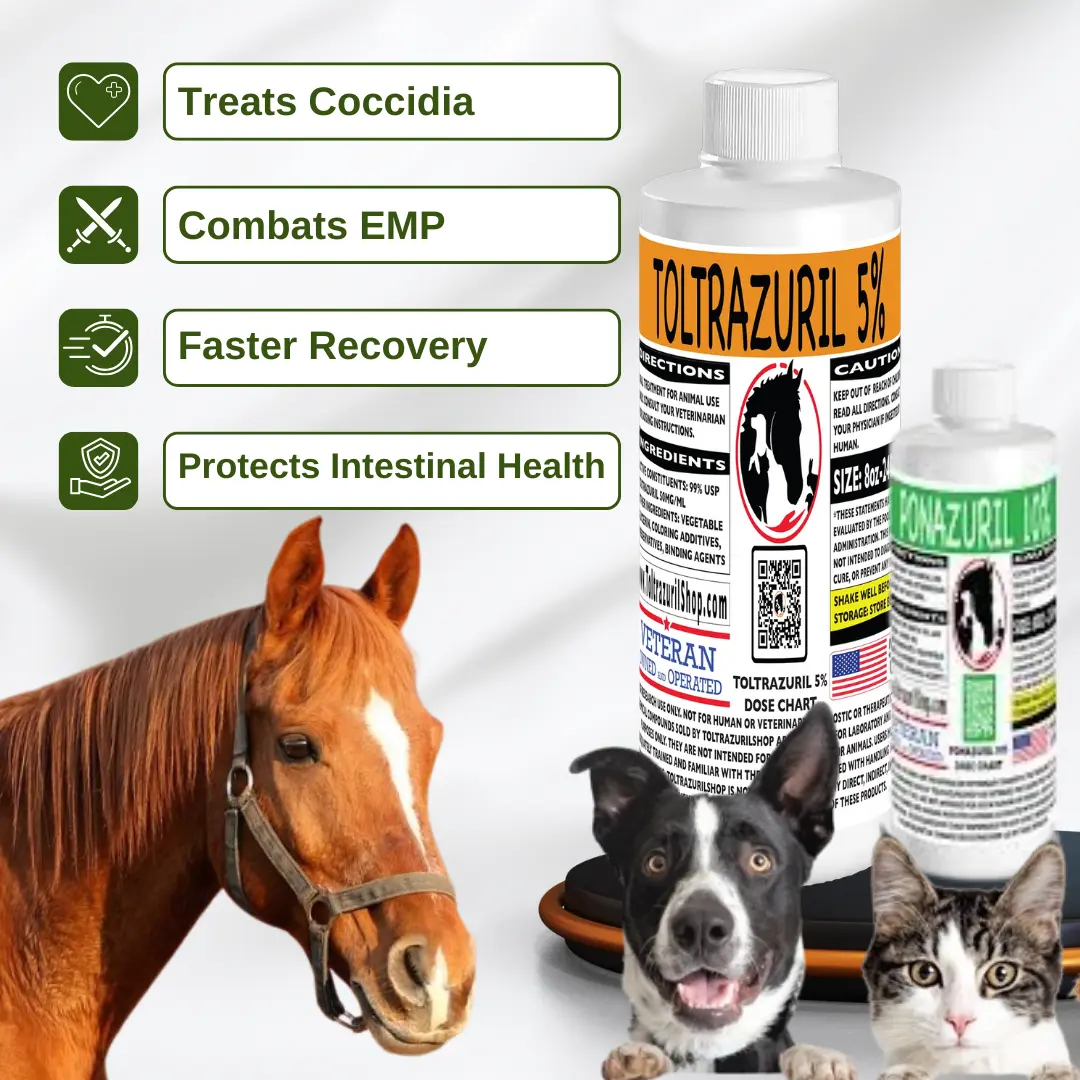No products in the cart.
Coccidia Life Cycle in Dogs: Complete Guide
Understanding the Coccidia Life Cycle in Dogs is essential for recognizing how this intestinal parasite develops, spreads, and causes disease. The cycle moves between stages in the environment and inside a dog’s body. By learning how this process works, dog owners and veterinarians can take the right steps to control infection and protect canine health.
Coccidia Life Cycle in Dogs
The coccidia parasite completes its life cycle by moving between the dog and the environment. Dogs ingest the parasite when they come into contact with infective stages in soil, food, or contaminated surfaces. Inside the intestines, the parasite multiplies and damages tissue, before new oocysts are shed back into the environment to infect other dogs.
An Overview of the Coccidia Life Cycle and Its Stages in Dogs
The cycle begins when unsporulated oocysts are passed in a dog’s feces. In the environment, these oocysts mature into infective forms. When another dog ingests them, the parasites release sporozoites that begin a new cycle of infection.
How the Coccidia Parasite Develops and Infects the Dog’s Intestinal System
Once inside the intestines, the sporozoites invade the lining of the gut and multiply. This process causes irritation and damage to the intestinal walls, leading to diarrhea and other digestive issues. Eventually, the parasites reproduce sexually to form new oocysts that the dog sheds in its stool.
Coccidia Life Cycle Dog
When focusing specifically on the Coccidia Life Cycle Dog, it becomes clear that this parasite depends heavily on environmental contamination. Because the parasite has both an external stage and an internal stage, infection can spread easily in homes, kennels, and shelters if fecal cleanup is not consistent.
The Different Stages of Coccidia’s Development and Transmission in Dogs
The stages include sporogony, where oocysts develop in the environment, merogony, where the parasites reproduce asexually in the intestinal cells, and gametogony, where sexual reproduction produces new oocysts that are released in feces.
How the Parasite Spreads Within the Dog’s Body and Environment
The parasites cause internal damage to the dog’s gut while continuing their reproductive cycle. The newly formed oocysts are excreted in stool, contaminating the environment and serving as a source of infection for other dogs.
Life Cycle of Coccidia in Dogs
The Life Cycle of Coccidia in Dogs shows why this parasite is so persistent. The cycle never really ends as long as there are susceptible hosts and favorable environmental conditions. Effective prevention requires interrupting the process at both ends.
The Key Stages of the Coccidia Life Cycle in Dogs: Oocysts, Merogony, and Gametogony
The oocyst stage involves the passage of oocysts in feces. Merogony occurs when sporozoites multiply inside the cells of the intestine. Gametogony involves the combination of sexual forms that ultimately produce more oocysts.
How Environmental Factors Influence the Spread of Coccidia in Dogs
Moisture and warmth speed up the development of infective oocysts, while extreme dryness or high heat slows it down. This is why outbreaks are often more severe in crowded or damp environments.
Coccidia in Dogs Life Cycle
The Coccidia in Dogs Life Cycle emphasizes the role of feces in disease transmission. Even if a dog shows no outward symptoms, it can still shed oocysts that contaminate the environment and infect other dogs.
How Coccidia Oocysts Are Shed in Dog Feces and What That Means for Transmission
Dogs shed oocysts in their feces on a daily basis. These oocysts are not immediately infectious but become dangerous within a few days after sporulation. Once infective, they can easily spread to other animals.
The Role of Infected Feces in Spreading Coccidia to Other Dogs
Any dog that comes into contact with contaminated feces, whether by sniffing, licking, or stepping into it, can ingest oocysts and develop an infection. This makes cleaning up after dogs a vital part of prevention.
Coccidian Life Cycle in Dogs
The Coccidian Life Cycle in Dogs highlights both the health impact on the dog and the resilience of the parasite in the environment. Because the parasite damages the intestinal lining while also persisting outside the body, controlling it requires treatment and sanitation together.
Understanding the Coccidian Life Cycle and Its Impact on Dog Health
This cycle damages the intestines, leading to diarrhea, weight loss, dehydration, and in severe cases, life-threatening illness in puppies and dogs with weak immune systems.
How Long Coccidia Oocysts Survive in the Environment and Contribute to Infection
Coccidia oocysts are extremely hardy. They can survive for months and sometimes longer in moist soil or shaded areas. Their resilience makes reinfection likely if the environment is not properly disinfected.
Conclusion
The Coccidia Life Cycle in Dogs is a repeating cycle of intestinal infection and environmental contamination. Breaking this cycle requires a combination of treatment for infected dogs and rigorous cleaning to reduce environmental oocysts. Awareness of the cycle helps dog owners and veterinarians prevent reinfections and protect vulnerable animals.
FAQs
Can humans get coccidia from dogs?
No. Coccidia are species-specific, and the strains affecting dogs cannot infect humans.
How do dogs usually get infected?
Most infections occur when dogs ingest oocysts from contaminated feces, soil, or shared spaces.
How long can oocysts live outside the body?
Oocysts can survive for months in moist and shaded environments, which makes reinfection common.
How is coccidia diagnosed?
Diagnosis is made by microscopic examination of a dog’s stool to detect oocysts.
What is the best way to clean contaminated areas?
Daily feces removal, ammonia-based cleaning products, and steam cleaning are the most effective methods.
References
Next Steps
For treatment information, explore our guide on Diagnosing and Treating Coccidia Infections in Puppies.


